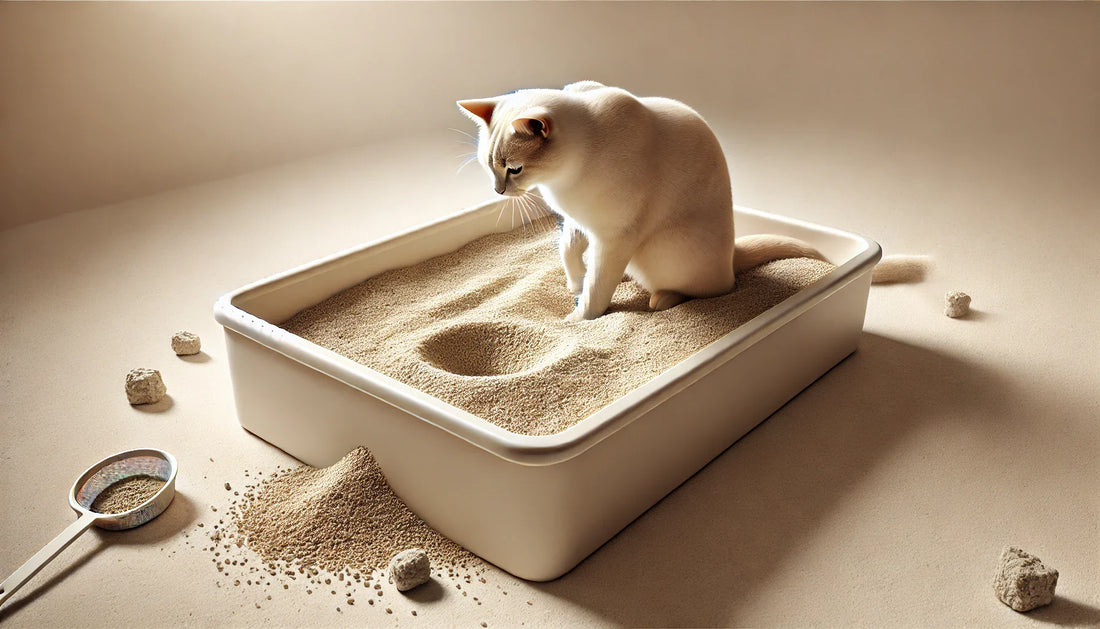
Why a Sand (Clumping) Litter Box Is Essential for Cats — Where Instinct, Health, and Household Etiquette Meet
Share
Summary
Cats are dig–sit–cover creatures. A fine, sand-like litter box lowers stress and accidents, safeguards urinary health and hygiene, and keeps multi-cat homes orderly.
Content
Preface
A cat’s dignity is guarded on quiet sand. Three modest gestures—dig, eliminate, cover—anchor its sense of safety, health, and civility. Provide the right box, and peace returns to the room.
1) Instinct honored: the only stage that fits the script
Cats prefer fine, soft, sand-like granules and the ability to cover after use. Compliance rises with clumping, unscented, fine-grain litter; heavy perfumes and coarse pellets often invite refusal.
2) Less stress, fewer “house accidents”
When litter boxes are optimized—right number, size, substrate, cleanliness, and location—most unwanted soiling diminishes. The box becomes an invitation, not an obstacle.
3) First line of urinary health
Stress fuels lower urinary problems. A large, quiet, accessible, plentiful supply of sand-style boxes lowers environmental stress and discourages painful holding or avoidance. Seniors and post-op cats especially benefit from low-entry openings.
4) Order in multi-cat homes
Keep to the golden rule: “number of cats + 1.” Distribute boxes across rooms and floors; avoid clustering two boxes side-by-side (many cats treat them as one). Place boxes away from food and water to prevent resource conflict.
5) Build to spec (size, depth, texture, scent)
-
Size: Box length ≈ 1.5× the cat’s nose-to-base-of-tail length, so the cat can turn, dig, and cover with ease.
-
Depth: Maintain about 1–2 inches (3–5 cm) of litter; refresh rather than endlessly topping up.
-
Texture & scent: Favor fine-grain, clumping, unscented litter. Strong fragrances can repel.
-
Lid: Many cats prefer open boxes with clear escape routes; use covered boxes only if the cat demonstrably accepts them.
6) Hygiene: cats remember clean
Scoop daily (solids and clumps); wash weekly with warm water and a mild, unscented detergent. Avoid harsh, lingering fragrances that may deter use. Replace litter wholly on a schedule, not merely when convenient.
7) Placement: quiet, near, with a path out
Choose quiet, low-traffic spots; avoid dead-end corners, loud appliances, and ambush zones. Offer a visible exit route. In multi-story homes, provide at least one box per floor.
Quick Checklist (apply today)
-
Count: cats +1, dispersed in different rooms.
-
Size/Depth: 1.5× body length / 1–2 in (3–5 cm).
-
Litter: fine-grain, clumping, unscented.
-
Cleanliness: scoop daily, wash weekly.
-
Placement: quiet, accessible, separate from food/water; not all in one spot.
